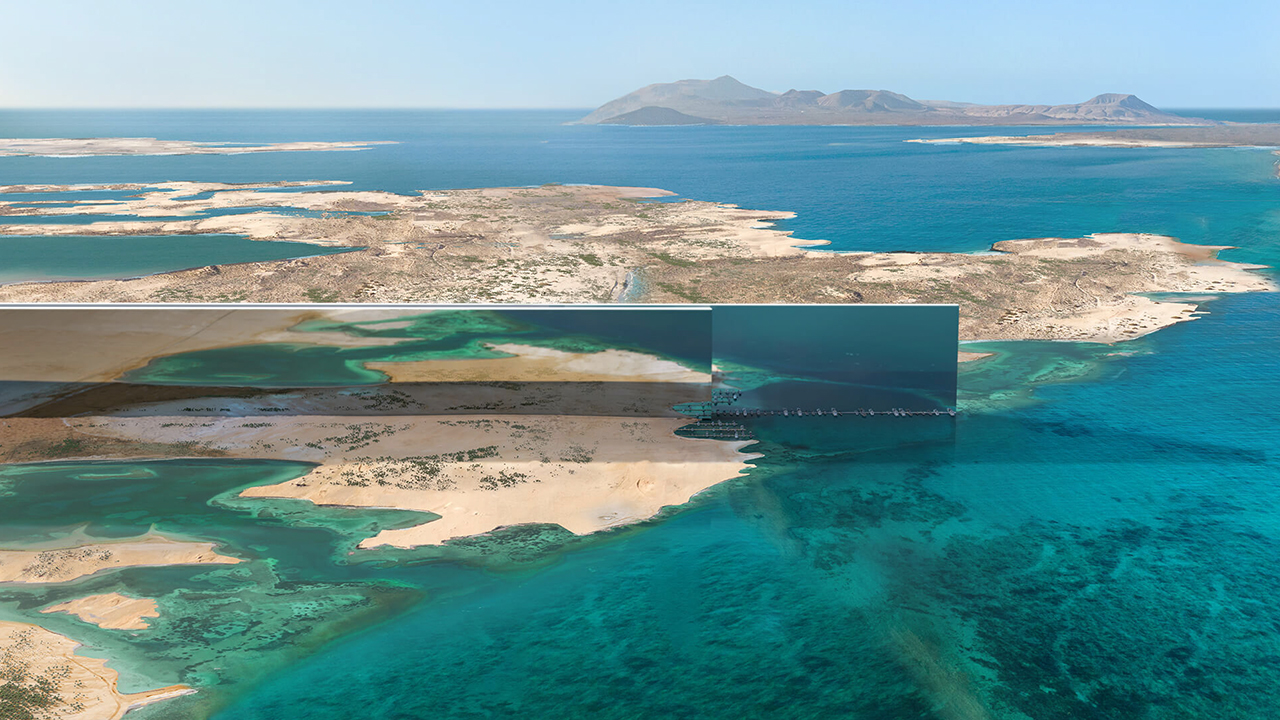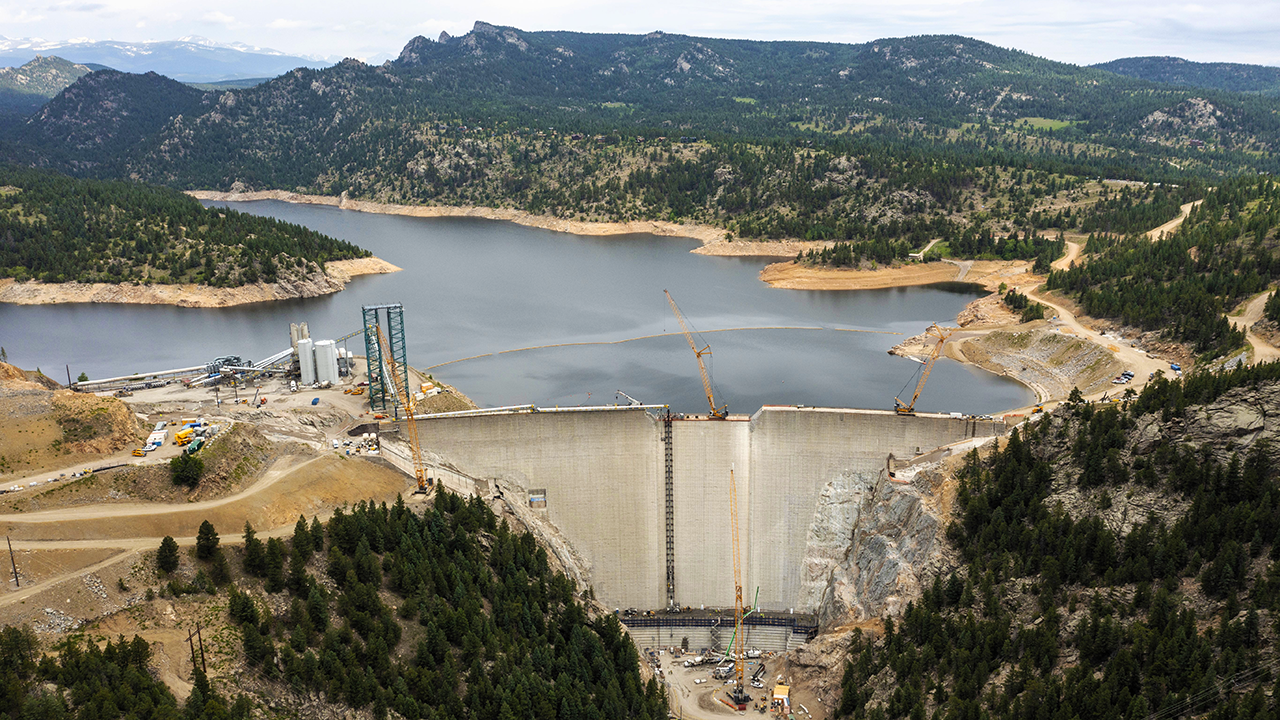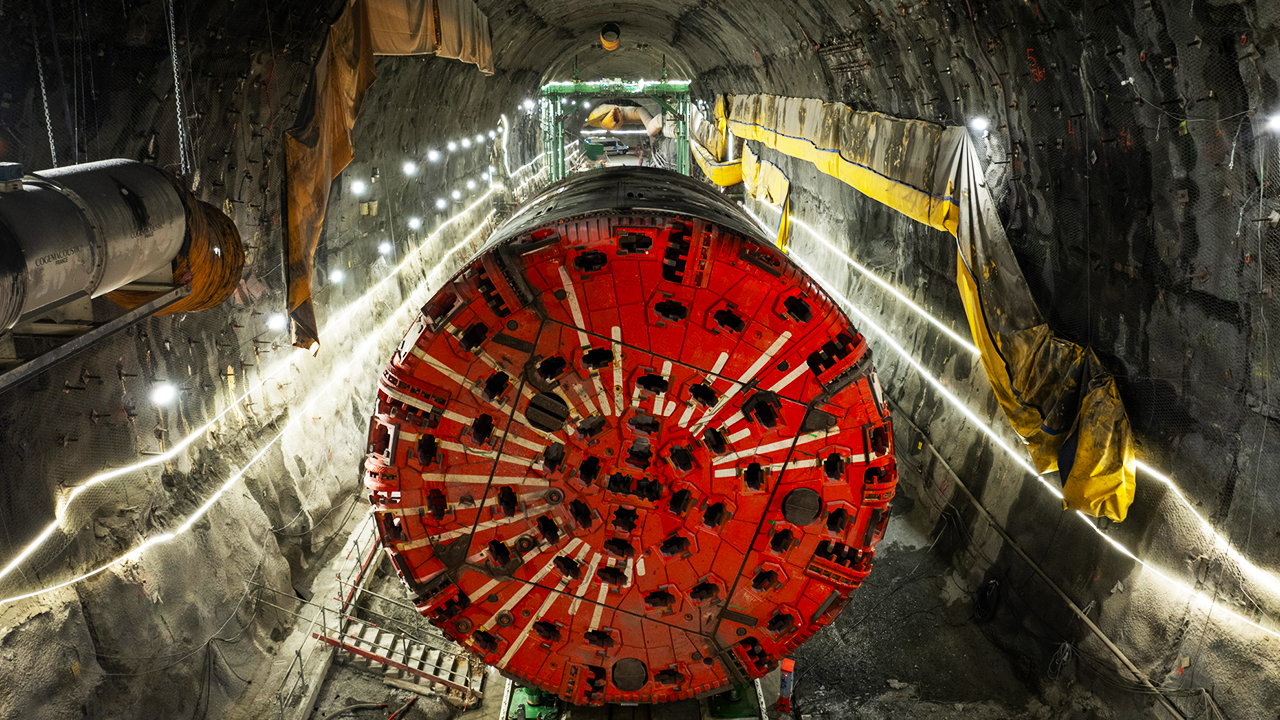Is this Europe’s Most Disastrous Airport Ever?
- Youtube Views 1,485,665 VIDEO VIEWS
Video narrated and hosted by Fred Mills. This video contains paid promotion for Straight Arrow News.
Ciudad Real Airport was once billed as a gateway to Spain’s booming central region. Instead, it became one of the country’s most notorious infrastructure failures.
Opened in 2008, the airport shut down just four years later. Built at a cost of more than €1BN, it was eventually sold at auction for just €10,000, about the cost of a set of air stairs which passengers use to board aircraft. Was this an overly extravagant plan badly executed, or simply a case of bad luck?
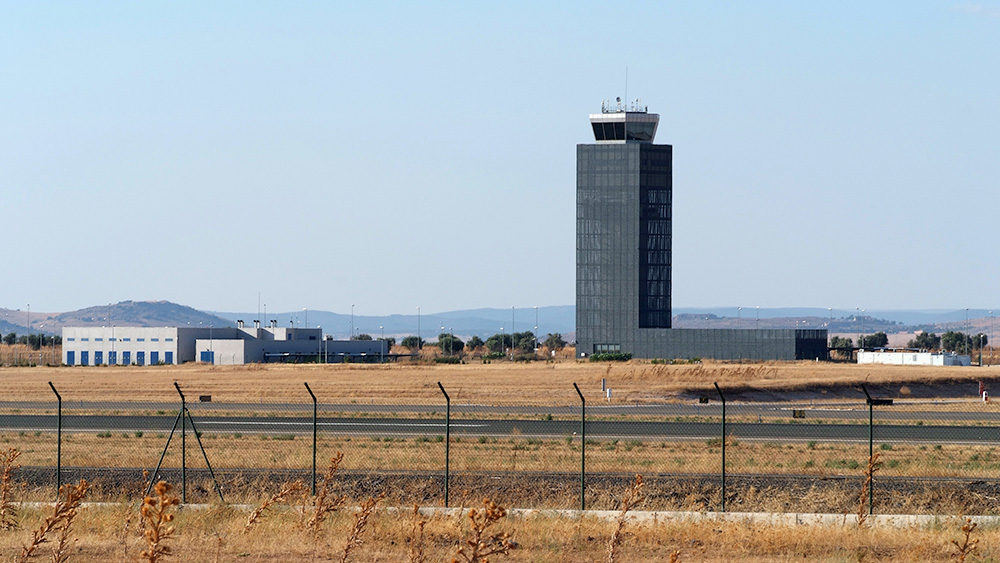
Above: Ciudad Real Airport.
In the late 1990s, Spain’s economy was riding high. Having joined the Euro, the country gained access to low interest rates, triggering a wave of infrastructure investment. Projects were often delivered through public-private partnerships, or PPPs, allowing local authorities to develop major schemes without taking on debt directly.
At the same time, budget airlines were transforming European travel. Smaller cities across the continent began building new secondary airports to attract low-cost carriers and tourism. Ciudad Real, a city of around 75,000 people south of Madrid, wanted to get in on the action.
Members of the local chamber of commerce saw opportunity in Madrid’s overcrowded Barajas airport. They bet on the hope that Barajas wouldn’t be able to expand enough to meet capacity. If they could build a major airport with a fast rail link to the capital, they believed they could capture the overflow of passengers and stimulate local development. Plans were ambitious from the start.
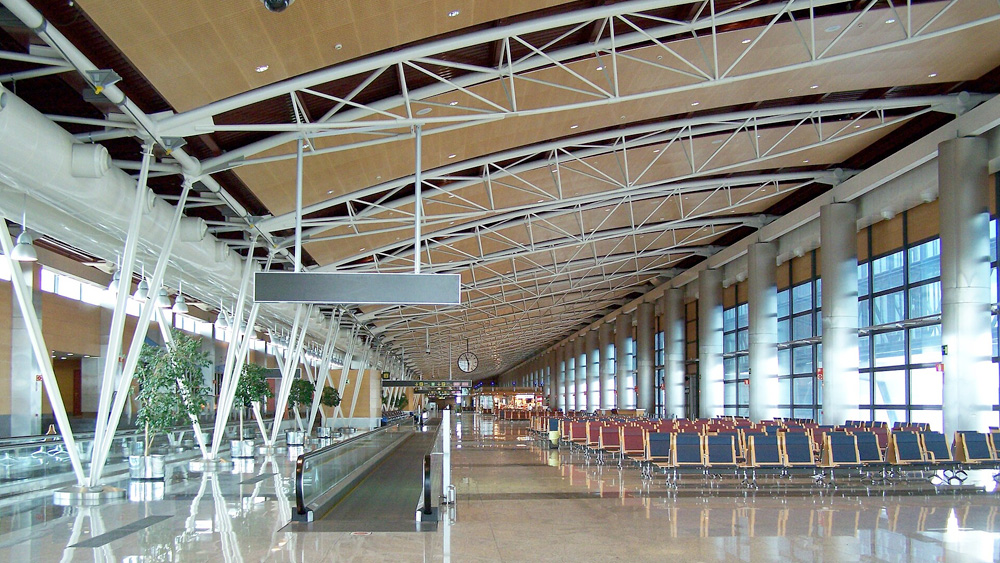
Above: Madrid Barajas terminal one.
The airport would feature a four-kilometre runway, long enough to accommodate an Airbus A380, and a 28,000 square metre terminal with capacity for two million passengers annually, expandable to nine million if needed.
Unlike typical low-cost airports, Ciudad Real wanted to compete with Spain’s biggest hubs. Alongside its vast runway, the site included a full-length parallel taxiway, segregated aircraft access routes, and plans for a direct pedestrian connection to a new high-speed rail station.
Developers expected that 80 percent of travellers would arrive via the Madrid–Seville line, promising a journey time of less than an hour to the capital.
Construction officially began in 2002, and the airport was initially named after the region’s most famous fictional resident: Don Quixote. But it didn’t take long for things to unravel.
The airport’s first location had to be abandoned after environmental assessments flagged concerns about its impact on protected bird habitats. A second site was selected, just outside another conservation area, but construction was halted in 2004 after the European Union ruled that the environmental impact still hadn’t been properly considered.
The pause lasted more than a year. By the time work resumed in 2006, under strict conditions, the project had lost momentum and the wider economic picture was starting to shift.
The opening was delayed until late 2008. By then, the global financial crisis had hit, and air travel demand was collapsing.
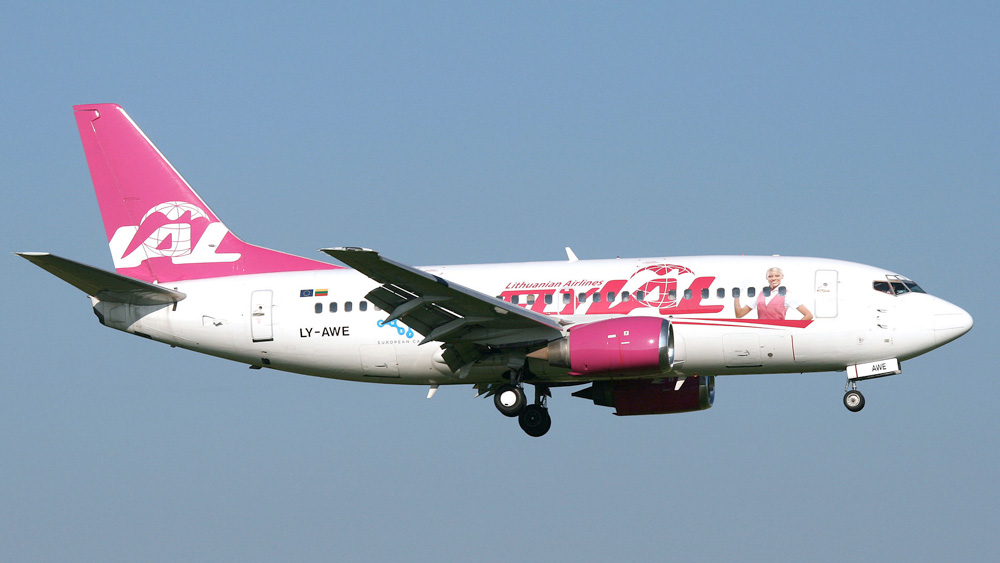
Above: FlyLAL was one of many airlines that went to the wall after the 2008 crash.
In 2009, the airport handled just 54,000 passengers, a fraction of what it needed to be financially viable. Only two domestic airlines operated there initially, both short-lived. The first international flight, a Ryanair service from London Stansted, began in 2010 and lasted just five months. By October 2011, the final passenger service had departed and the airport closed in April the following year.
Even if economic conditions had been more favourable, other problems remained. Despite being built with A380 operations in mind, Ciudad Real lacked the terminal facilities such as triple jetbridges and expanded check-in halls to handle large aircraft. None ever landed there.
The airport’s biggest flaw, however, was its location. It lies 170 kilometres from Madrid, more than three times the distance between central London and Luton or Stansted airports. The high-speed rail connection was supposed to overcome that, but the dedicated station was never built. Today, the bridge linking the terminal to the railway ends in an empty field
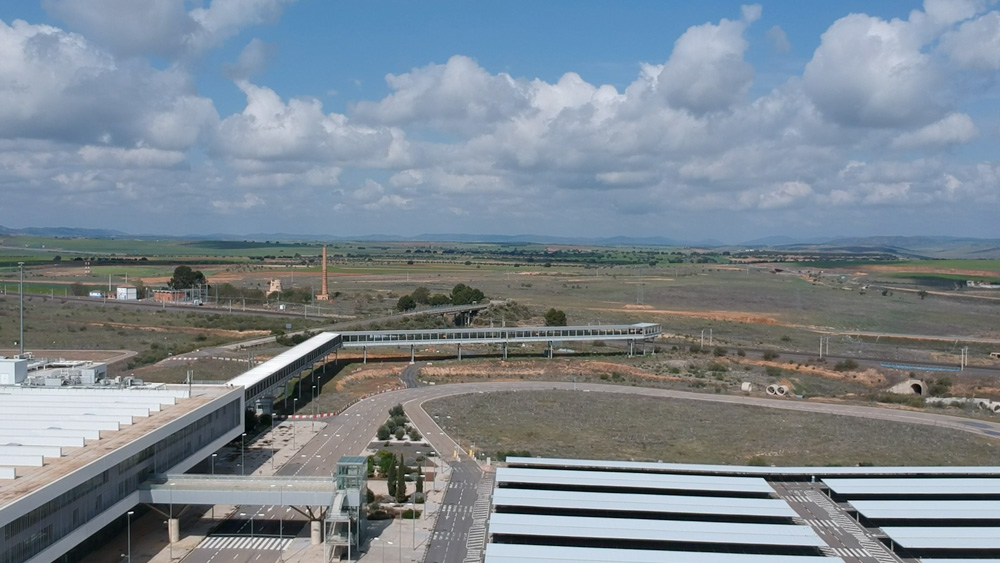
Above: A footbridge was built to connect the airport terminal to the railway, but no station was ever constructed.
At some point before opening, the airport quietly dropped its original name, Don Quixote, in favour of the more neutral Ciudad Real Airport. Some believe the literary reference — to a fantasist oblivious to reality — struck a little too close to home.
By June 2012, the company behind the airport had declared bankruptcy. Yellow crosses were painted across the runway to stop pilots landing by mistake.
After a string of failed sales, the airport was eventually purchased in 2018 by new owners for €56 million. During the COVID-19 pandemic, it found a new use: parking grounded aircraft.
Ciudad Real wasn’t the only failed infrastructure project of its kind. Spain’s pre-crisis PPP model often shielded private investors from risk. Local savings banks — many of them now defunct — supplied easy credit. And when projects failed, the government was often left on the hook.
Whether Ciudad Real Airport will ever see scheduled passenger flights again remains to be seen. For now, it stands as a striking monument to ambition unchecked by reality and a cautionary tale of what can happen when the dream outpaces the demand
Download the Straight Arrow News app by clicking here to stay informed with unbiased straight facts.
Additional footage and images courtesy of: Maciej Białas, Warner Bros, Google Earth, CRTV, Objetivo Castilla-La Mancha Noticias, Airbus, CR Aeropuerto, Aena, CMM.
We welcome you sharing our content to inspire others, but please be nice and play by our rules.
